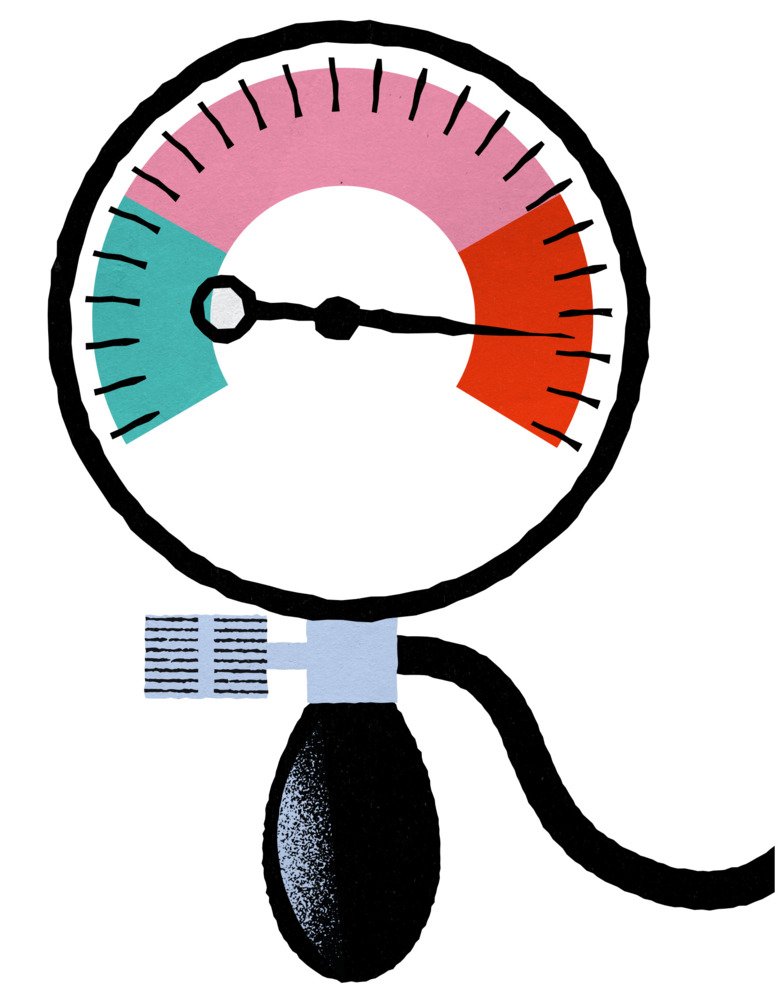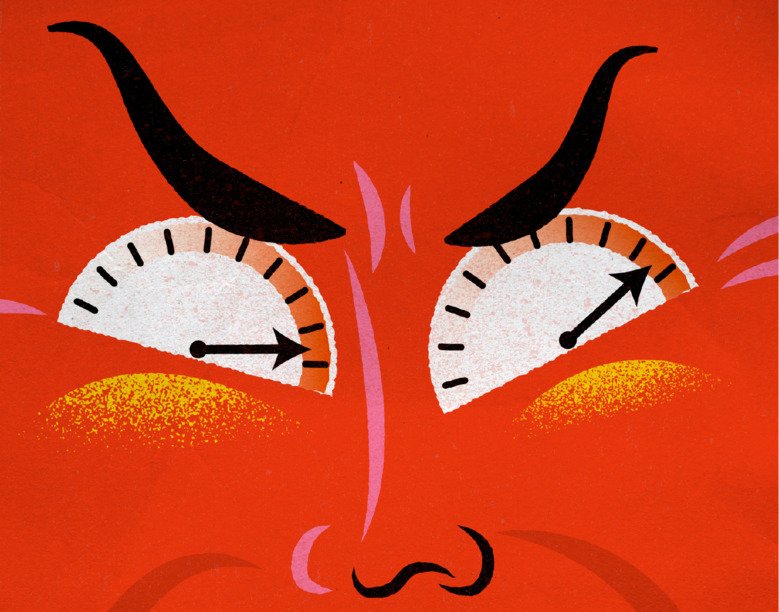High blood pressure: Disease or risk factor?
Is high blood pressure a disease or a risk factor for disease? Confusingly, it’s both.

Text: Annika Lund, first published in Swedish in the magazine Medicinsk Vetenskap no 1/2021.
Elevated blood pressure. Even values that are so low that they do not meet the diagnostic criteria for hypertension involve an increased risk of serious cardiovascular disease, such as strokes and heart attacks. If one has multiple risk factors for serious cardiovascular disease, it can be beneficial to even lower an elevated blood pressure that does not yet meet the criteria for hypertension.
Treatment goals. In Sweden, the goal is for people older than 65 years of age to reduce their blood pressure to 130-139/<80 mm HG. For younger people, a lower target applies: 120-129/<80 mm Hg. Those who also have other risk factors, such as diabetes, should aim to achieve the lowest recommended level within their age range.
High blood pressure. If after being measured on several occasions, an individual’s average blood pressure is over 140/90 mm Hg, then high blood pressure – hypertension – is diagnosed. This diagnosis has an ICD code and is part of the National Board of Health and Welfare’s disease classification system. The limit value of 140/90 mm Hg is based on a weighted assessment of when it is worthwhile to treat blood pressure more actively. In the United States, lower limits apply to a diagnosis of hypertension. In that country, certain studies have been given more weight than in Europe.
Low blood pressure. For all people, lower blood pressure is better than higher pressure, but only to a certain degree.
“There’s no value in using medication to drive down systolic blood pressure below 120 mm Hg. There, the treatment gains begin to disappear and other negative effects take over. Among these are dizziness and fall injuries due to temporarily low blood pressure,” says Jonas Spaak, a cardiologist and Chair of the Swedish Society of Hypertension, Stroke and Vascular Medicine.
More reading on this topic
 Foto: Andy Liffner
Foto: Andy Liffner“We know too little about blood pressure in atrial fibrillation”
Joakim Olbers is a cardiologist and has recently presented a thesis on blood pressure in atrial fibrillation, in which the rhythm of the heart becomes irregular.
 Foto: Jens Magnusson
Foto: Jens MagnussonBlood pressure – true or false?
Is it really true that licorice raises blood pressure and that blood pressure medication increases the risk of becoming seriously ill in covid-19? The researchers arrange the concepts.
